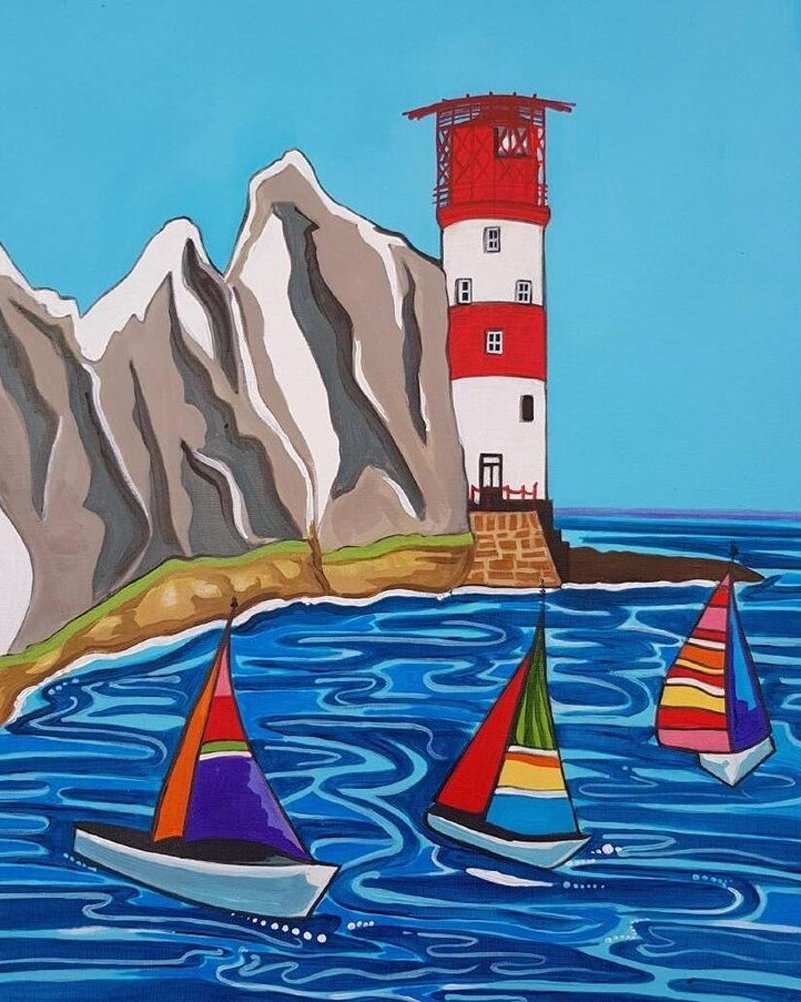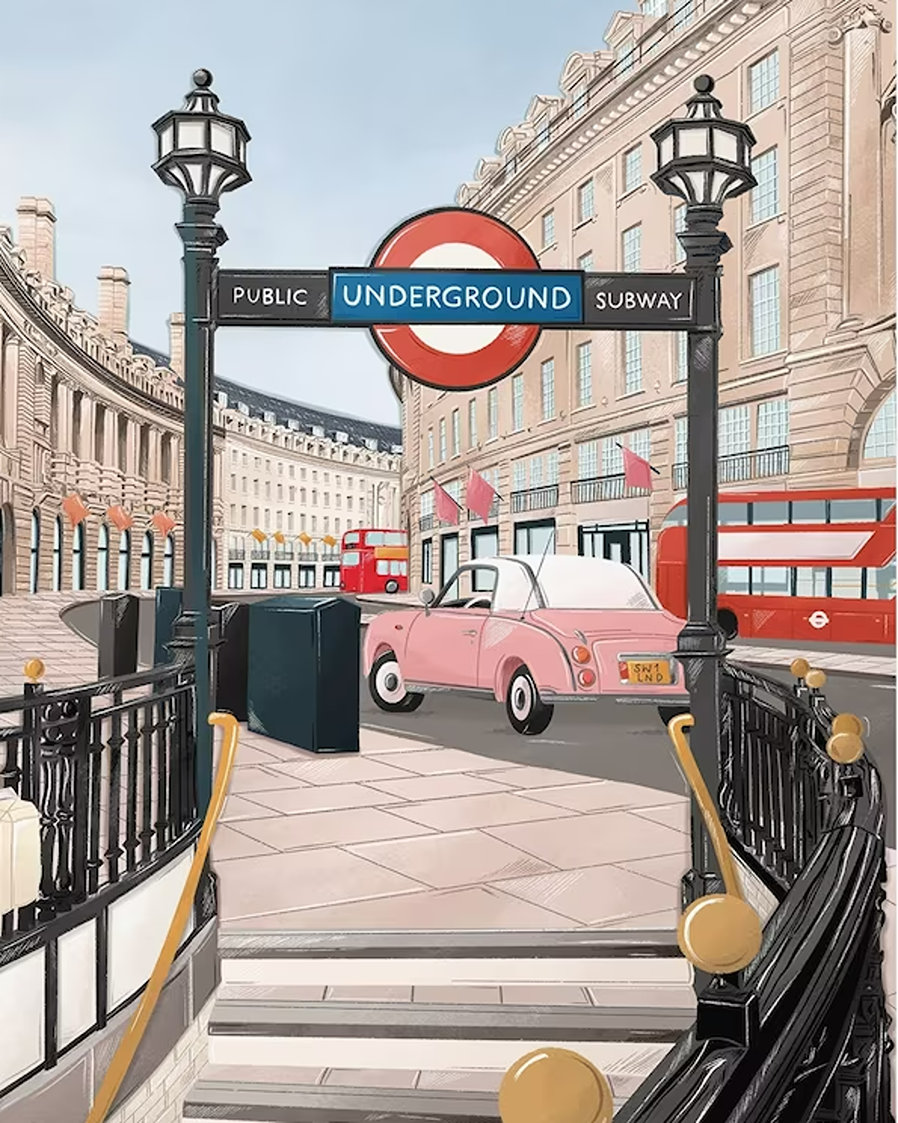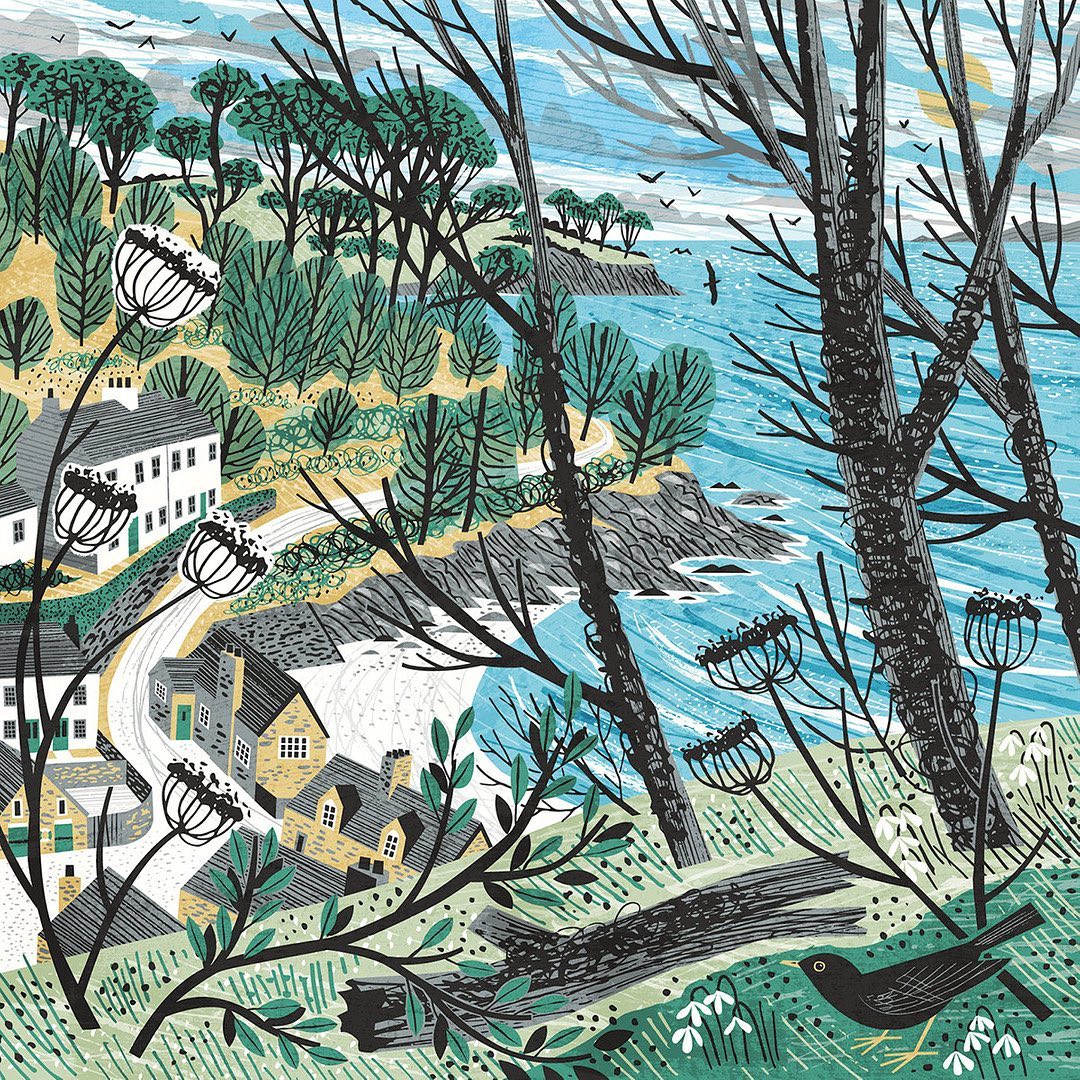Exploring England’s Beautiful Boat Harbours
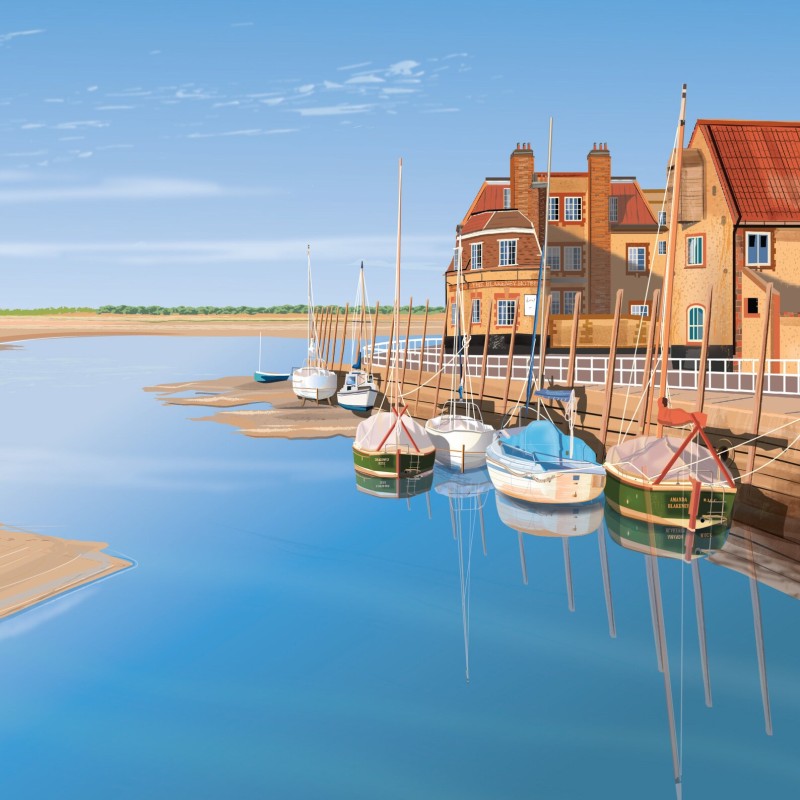
A recent vote plumped for Blakeney (Norfolk) as England’s prettiest harbour. Previously used to transport spices, the local saltmarshes are stunning, and the area is also popular with native grey seals
As an island nation, England is home to many harbours and marinas. So what’s the difference? Simply put:
- A harbour is a sheltered place to safely moor boats.
- A marina provides direct walkways to pleasure boats.
- Docks are enclosed areas in ports, for berthing ships and loading/unloading goods.
Ships would often moor at piers, and artificial harbours were first built during the 1944 D-day operations. Read our post on how to be a sustainable sailor! And to keep you safe, read about lovely lighthouses and helping heroic lifeboat crews.
Dogs are not allowed in some harbours, so check first. Read our post on keeping dogs safe by the seaside.
Mousehole: Cornwall’s Picturesque Gem
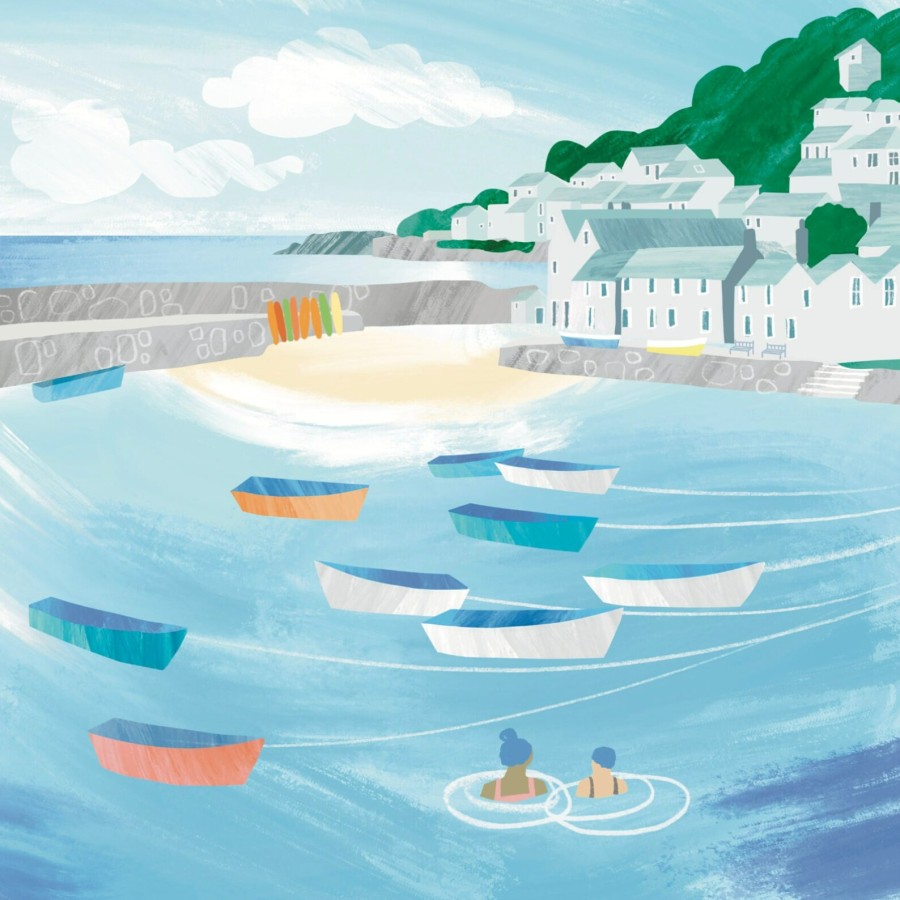
This tiny harbour near Penzance is just 7 miles from Land’s End. It’s so tiny, that it can only take tiny boats! It’s also tricky to get into, due to weather and rocky islands.
It’s popular with wild swimmers who often brave the cold waters, drying off on the small sandy beach, before using the stairs to return to the village full of ancient alleys.
One nearby resident was Dolly Pentreath (she died in 1777) and was the last person to speak Cornish as a first language (not much is known about her, other that she could swear very well!)
The seas near Mousehole can be treacherous. In 1981, all 8 volunteer lifeboat crew died (along with 8 others) while trying to save crew on a coaster vessel that had run aground, after seawater got into the fuel tank.
Today the village has a local train named after the boat’s crew. Within one day, local volunteers had formed a new lifeboat crew.
Lynmouth: Where Rivers Meet the Sea
This Devon town is a seaside resort with a nice harbour. The coast faces the Channel Islands, and the cliff features a beautiful funicular powered railway.
In 1952, it suffered England’s worst flood, when 34 people died (and 100 buildings were destroyed). So much rain fell in nearby Exmoor that the river burst its banks. Today the overflow area is built to take more water, so hopefully this can never happen again.
The Deep-Sea Harbour of Southampton
This port city has a strong sailing history, dating back 1000 years. Ships often docked it, as it was protected from the fierce waves of the English channel. As trade grew, so the ship-building trade.
Of course, today it’s most known as being where the doomed Titanic ship set off, in 1912. Thousands of people gathered to say farewell to the largest and luxurious liner of its time, which ended in disaster, when an iceberg struck, before it reached New York on its maiden voyage.
Today Southampton is still ‘the sailing centre’ of England, with lots of yacht clubs. Although set in a fictional town, the drama series Howard’s Way was mostly filmed here, on the Solent.
Lymington: Sailing Hub of the Solent
The affluent town of Lymington (which has a ferry to Yarmouth on the Island of Wight) shelters boats in marinas on the Solent. People cans stroll along the cobbled quay, and watch boat masts sway on the tide. This is pretty near the Hampshire New Forest.
Whitby: A Sad Heritage and Dramatic Coast
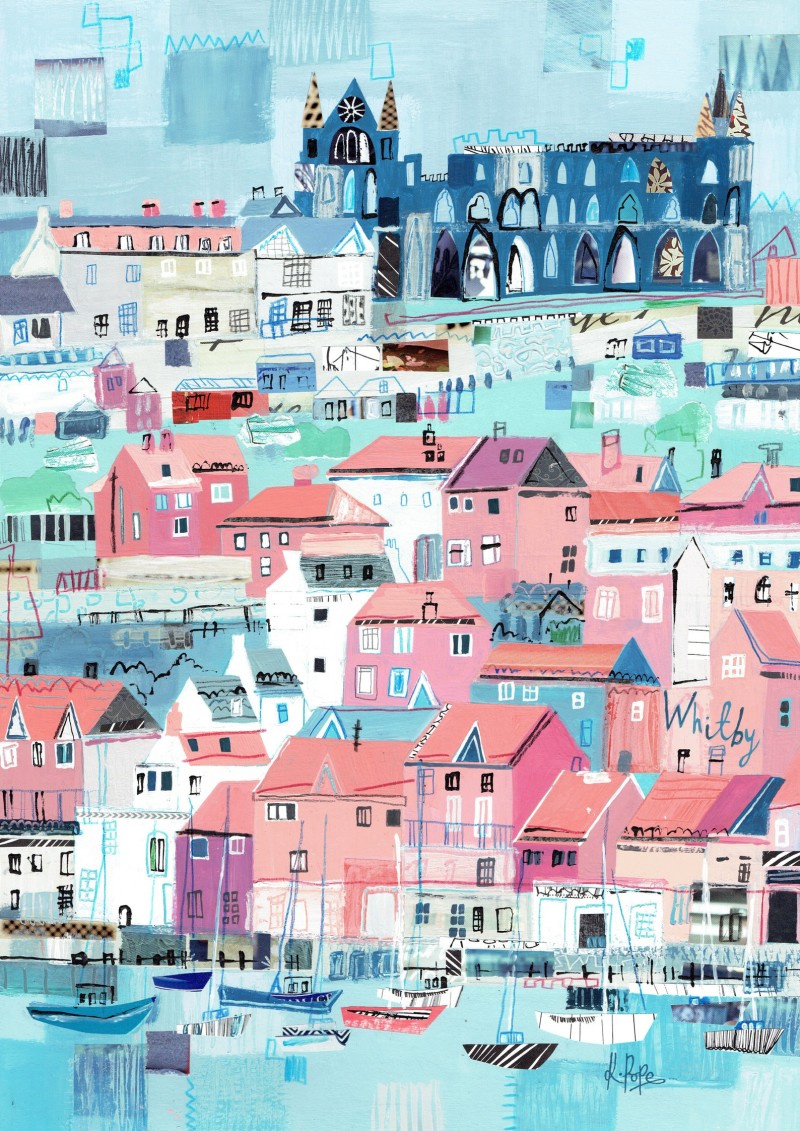
Whitby Harbour in Yorkshire is now a popular tourist site, where you can walk 1999 steps to visit the ruined abbey. But the harbour story is rather sad. This used to be England’s centre for whaling (some sailors would even bring back polar bears, from hunting trips).

